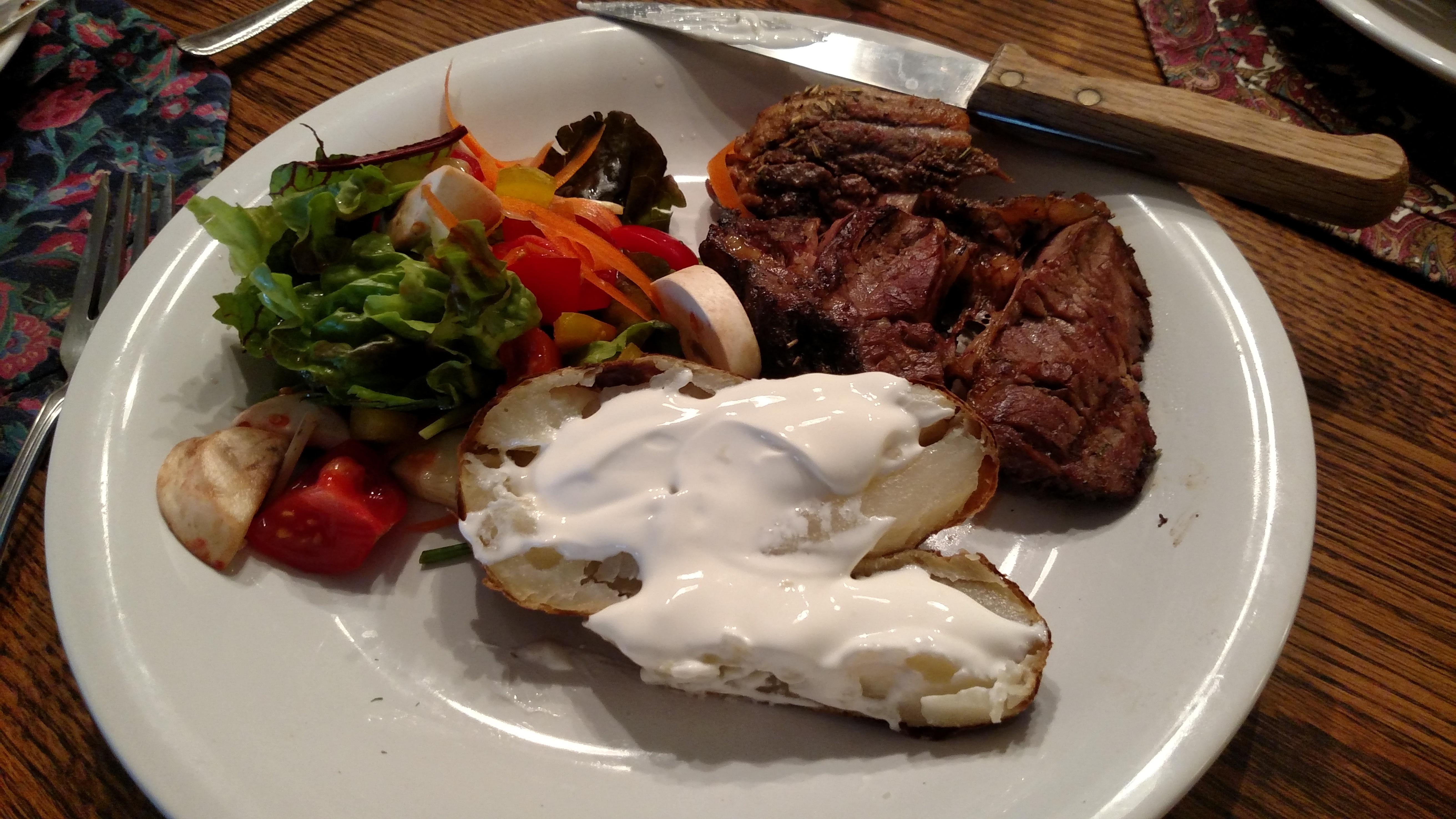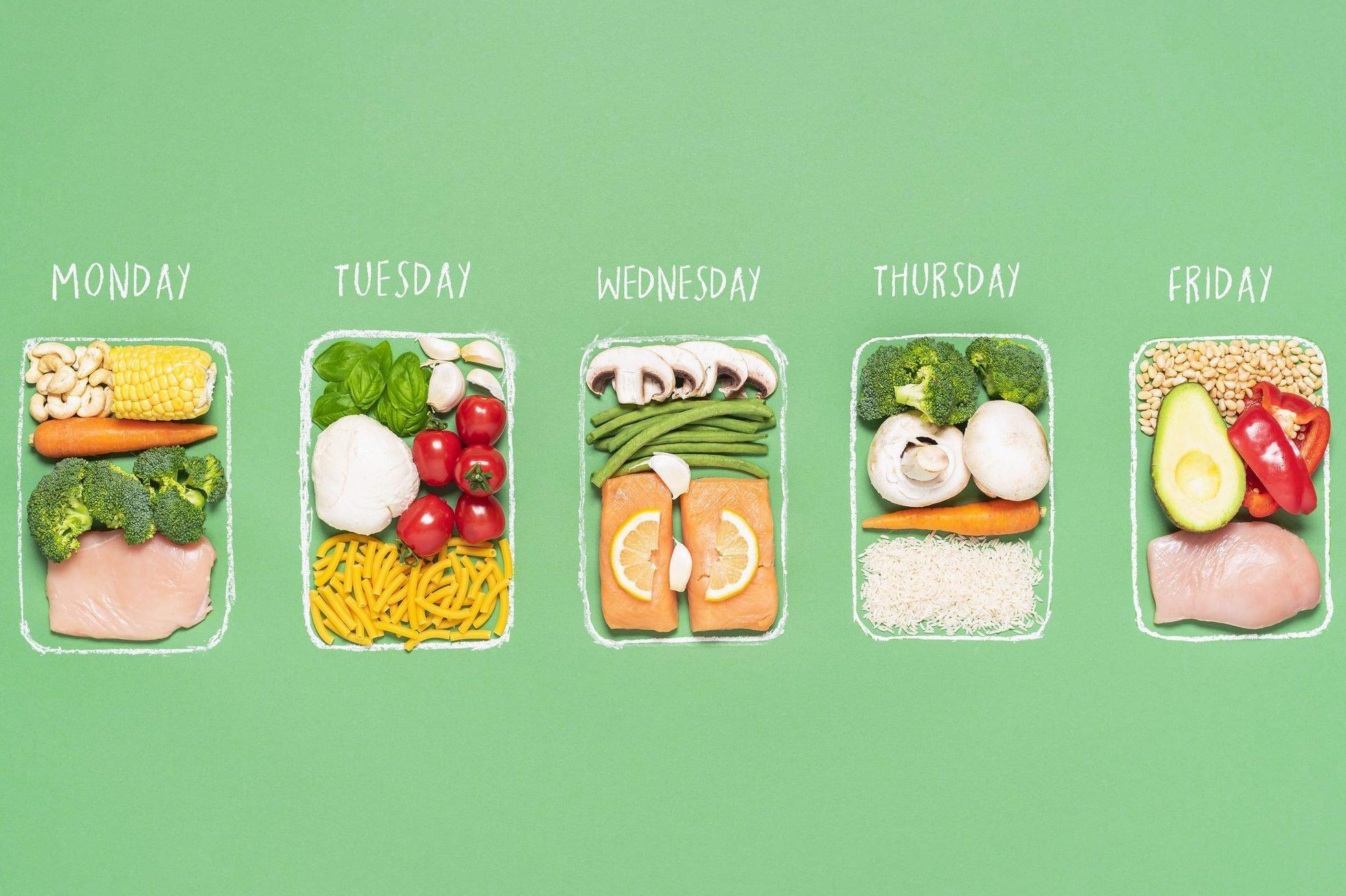In a world where our days are packed with endless to-dos and ceaseless distractions, finding time to nourish our bodies can often feel like a luxury rather than a necessity. Yet, the secret to sustaining our energy and focus lies not in fleeting snacks or hurried meals, but in the art of crafting dishes that satiate and sustain. Welcome to a journey through the culinary landscape where flavor meets function, and every bite is designed to keep hunger at bay. In this article, we will explore the strategies and insights that transform ordinary meals into long-lasting fuel for your body and mind. Whether you’re a seasoned chef or a kitchen novice, discover how to plan meals that keep you full longer, empowering you to face each day with vigor and vitality.
Understanding Satiety: The Science Behind Feeling Full
At the heart of maintaining satiety is understanding how our bodies signal fullness and satisfaction after a meal. This complex process involves a symphony of hormones, neurotransmitters, and nutrient interactions. Leptin and ghrelin are two key hormones that play a pivotal role. Leptin, produced by fat cells, signals to the brain that you have enough energy stored, while ghrelin, often dubbed the “hunger hormone,” prompts the feeling of hunger. The delicate balance between these hormones can be influenced by the composition of your meals, ultimately affecting how long you stay full.
To create meals that promote longer-lasting satiety, consider the following components:
- Fiber-Rich Foods: Include whole grains, fruits, and vegetables to slow digestion and enhance fullness.
- Protein Power: Incorporate lean proteins like chicken, fish, beans, or tofu to boost satiety hormones.
- Healthy Fats: Add avocados, nuts, or olive oil to meals for sustained energy and satisfaction.
- Volume with Low Calories: Use broth-based soups or salads to add volume without excess calories.
Balancing these elements can help regulate hunger cues and maintain energy levels throughout the day, allowing you to approach each meal with mindful intention and enjoyment.

Smart Food Choices: Ingredients That Satisfy
Crafting meals that leave you feeling satisfied for longer periods starts with selecting the right ingredients. Prioritize foods rich in fiber and protein, as they are known to curb hunger effectively. Consider incorporating items like quinoa, lentils, and chickpeas into your meals. These are not only nutrient-dense but also versatile, making them ideal for various dishes.
- Whole Grains: Opt for brown rice, oats, or whole wheat pasta to add bulk and keep your energy steady.
- Lean Proteins: Include options like chicken, tofu, or fish to ensure you meet your protein needs without unnecessary fats.
- Healthy Fats: Avocado, nuts, and seeds provide satiety and are perfect for enhancing flavors.
- Vegetables: Load up on leafy greens and cruciferous veggies for their high fiber content and essential nutrients.
Balancing these components can lead to a more fulfilling meal experience. By focusing on quality ingredients, you can design meals that not only satisfy your hunger but also support your overall health and wellness.

Balancing Macros: The Key to Sustained Energy
Achieving sustained energy throughout the day requires more than just counting calories; it’s about creating a harmonious balance of macronutrients. Carbohydrates, proteins, and fats each play a vital role in fueling our bodies, and when consumed in the right proportions, they can keep hunger at bay and energy levels steady.
- Carbohydrates: Opt for complex carbs like whole grains, legumes, and vegetables. These slow-digesting foods provide a steady release of energy.
- Proteins: Incorporate lean proteins such as chicken, tofu, and legumes to repair tissues and maintain muscle mass, which can help regulate metabolism.
- Fats: Don’t shy away from healthy fats found in avocados, nuts, and olive oil. These help in the absorption of essential vitamins and keep you feeling satisfied.
By thoughtfully balancing these macronutrients, you’ll not only feel fuller for longer but also experience a more consistent energy flow, reducing the need for unnecessary snacking or caffeine boosts. Remember, the key is to listen to your body and adjust your intake as needed, ensuring each meal serves as a stepping stone towards sustained vitality.

Meal Timing and Portion Control: Strategies for Lasting Fullness
When aiming for sustained satiety, the timing of your meals plays a pivotal role. Synchronize your meals with your body’s natural hunger rhythms to prevent overeating and to keep your energy levels consistent throughout the day. Consider incorporating a balanced mix of macronutrients in each meal to stabilize blood sugar levels and prolong the feeling of fullness. A well-timed meal schedule might include:
- Breakfast: Within an hour of waking to kickstart your metabolism.
- Lunch: Approximately four to five hours after breakfast to maintain energy.
- Dinner: At least two to three hours before bedtime to aid digestion.
Portion control is equally essential in maintaining lasting fullness. Embrace the concept of mindful eating by focusing on quality rather than quantity. This involves selecting nutrient-dense foods that are high in fiber and protein, such as whole grains, legumes, and lean meats, which naturally promote fullness. Here are some tips for effective portion control:
- Use smaller plates to create the illusion of a fuller plate.
- Divide your plate: half vegetables, a quarter protein, and a quarter whole grains.
- Listen to your body: stop eating when you feel 80% full to avoid overeating.
Future Outlook
As you embark on your culinary journey armed with the knowledge of meal planning that keeps you satiated, remember that the art of nourishment is a personal adventure. Each meal is an opportunity to explore flavors, textures, and ingredients that align with your lifestyle and preferences. By thoughtfully crafting meals that not only tantalize your taste buds but also sustain your energy, you are investing in your well-being and embracing a balanced approach to eating. Whether you’re discovering new recipes or reinventing old favorites, let your creativity guide you toward meals that nourish both body and soul. Here’s to enjoying every bite, feeling full, and living vibrantly. Bon appétit!

